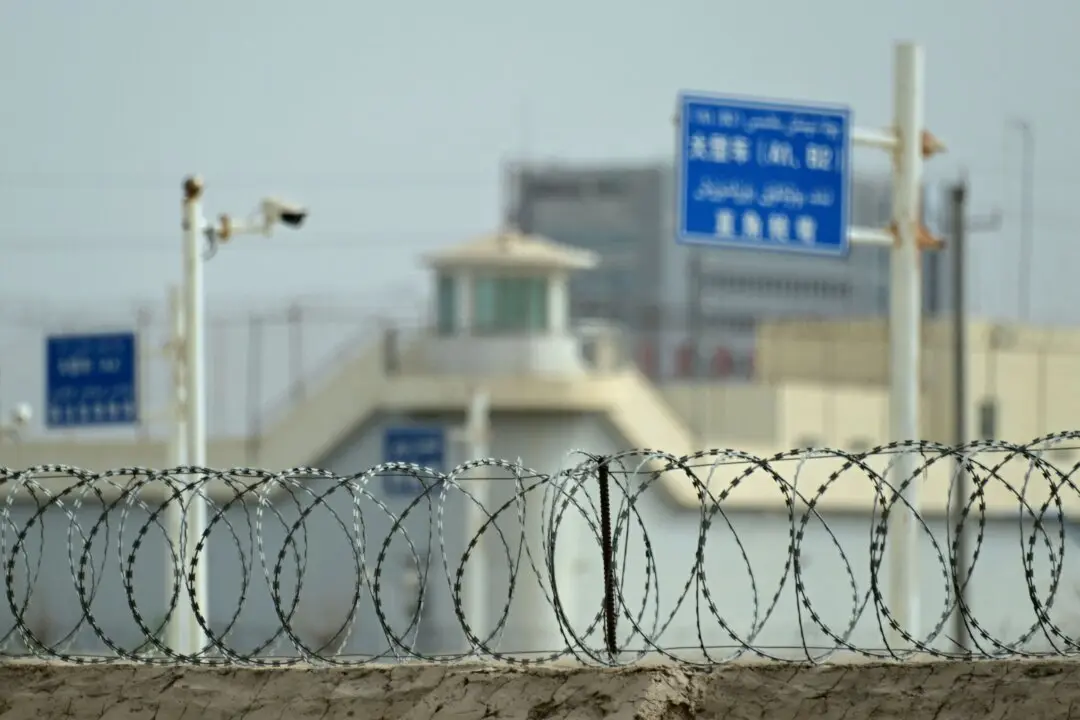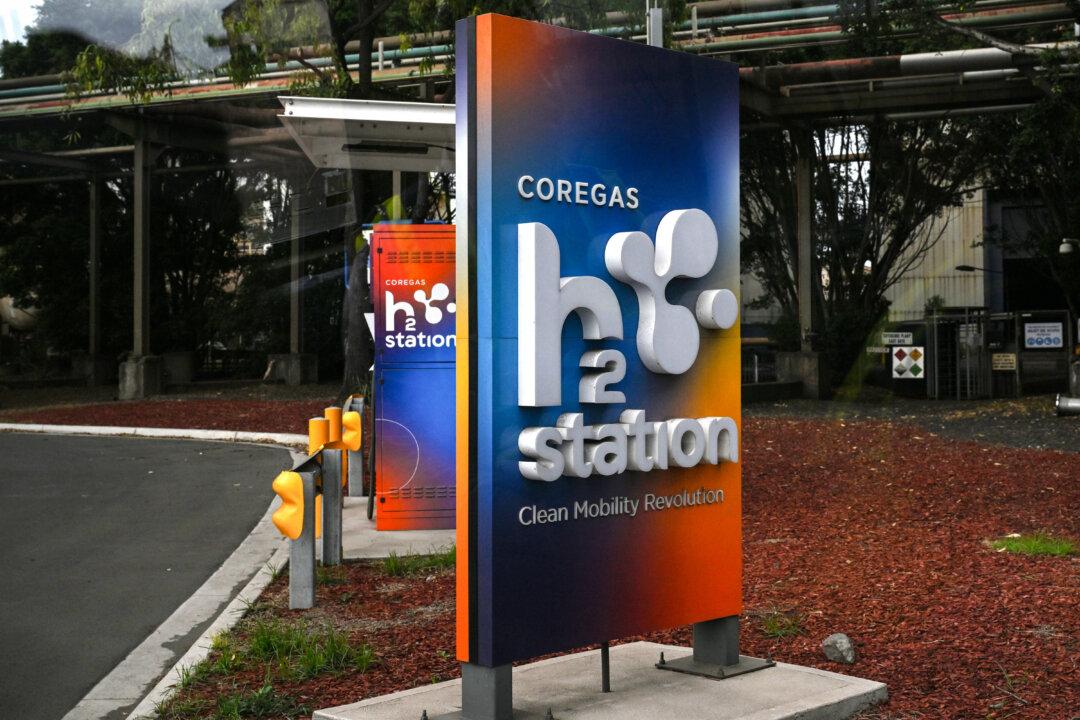One of Australia’s largest insurance companies has said insurance should not be seen as the only way to manage the financial risks of natural disasters amid a surge of households struggling to pay for home insurance.
During a recent Senate inquiry hearing, Christa Marjoribanks, the executive general manager of the Insurance Australia Group (IAG), said the government needed to implement “proactive measures” to address climate risks if it wanted to improve insurance affordability and availability.
“We acknowledge that insurance is a key tool in managing the financial risks of natural disasters, but it cannot be the only solution,” she told a Senate committee.
“Land use planning decisions, mitigation efforts, resilience building, and planned relocation are just as critical as highlighted in our research publications over the last 20 years.
“The cycle of disaster recovery and rebuilding must be broken. Otherwise, insurance premiums will rise beyond the reach of many Australians, particularly in high-risk areas.”
The first thing that IAG recommended the government do was strengthen land use planning, with a focus on resilience.
Other recommendations included addressing the underlying causes of high-risk areas through planned relocations and community adaptation plans and coordinating climate adaptation efforts between state and federal governments.
In addition, the IAG manager said state governments should remove inefficient taxes that exacerbated insurance affordability challenges.
George Karagiannakis, an executive manager at IAG, said research had shown that the taxes not only increased the cost of insurance but sometimes became a barrier to full coverage.
“We’ve got the base premium, and then you’ve got GST that applies to that. Also, some states have what’s called either emergency services levy as exists in New South Wales, or in Tasmania, fire services levy,” he said.
Surge in Australian Households Struggling to Afford Home Insurance
Marjoribanks’ remarks came as Australia has seen a significant increase in households having difficulty paying for home insurance.Extreme insurance affordability pressure occurs when a household must pay more than one month’s gross annual income for insurance premiums.
Grace also noted that 5 percent of households (180,000) with a mortgage had trouble paying insurance bills, which worsened mortgage affordability and availability.
The Actuaries Institute said the recent rises in home insurance premiums mainly resulted from increased reinsurance costs during 2023, which were driven by rising perils costs.

IAG Denies Engaging in Price Gouging
Greens Senator Mehreen Faruqi questioned IAG representatives about the company’s pricing practice.Pointing to the 7.9 percent increase in IAG’s net profit after tax to $898 million (US$619 million) in the 2023-24 financial year, Faruqi asked how the company justified the profit while consumers faced significant price rises.
In response, Marjoribanks acknowledged the profit figure. However, she noted that it was equal to a 13.5 percent return on equity.
“What you’ve got to remember is that [the profit] was on a very large gross written premium, and in that same year, we paid out nearly $11 billion in claims to 1.4 million customers,” she said.
The general manager also noted that the average profit after tax that IAG made in the last five years was much lower than the 2024 figures and that the company suffered a loss in 2021.
“So when you look at insurance, the way we think about it is you do need to look at that volatility over time,” she said.
Regarding IAG’s pricing, Marjoribanks said they were set based on forecasting factors such as the cost of claims and reinsurance expenses.
However, she stated that there had been considerable increases in those costs in recent years.
“We have, as an industry, seen claim costs inflating a lot faster than general inflation.
“Because of the construction cost inflation across the economy ... we’ve seen reinsurance premiums increase significantly, and we’ve also seen a rise in the severity and frequency of weather events.
“So, these factors have all been included in our forecasts of claim costs.”







